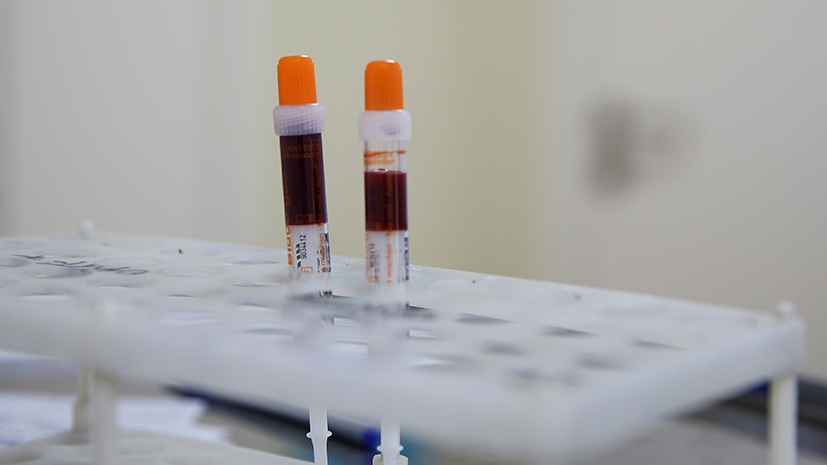An international team of scientists from the UK and France, led by specialists from University College London, examined the DNA of the coronavirus SARS-CoV-2 to track its evolution and identify the sites most suitable as the basis for the development of a potential vaccine. This was reported in the journal Infection, Genetics and Evolution.
The researchers carried out genetic analysis (genome screening) of more than 7,500 samples obtained from various patients with COVID-19, and revealed 198 different repetitive mutations of the infection. According to the results, the new SARS-CoV-2 virus, which can infect humans, most likely appeared at the end of 2019 and spread rapidly throughout the world, actively continuing to develop and adapt.
“All viruses tend to mutate. There is nothing wrong with this, and there is no reason to believe that SARS-CoV-2 mutates faster or slower than expected. We cannot say yet whether it is becoming more or less deadly and infectious, ”said Francois Ballou, professor of the Institute of Genetics at the University College London, one of the co-authors of this work.
The researchers also concluded that from the very beginning of the epidemic, the virus spread globally, in connection with which in most countries there was no definite null patient and the population was infected in several ways at once.
- A significant proportion of coronavirus variations was found in the countries most affected by it.
- Reuters
- © Maxim Shemetov
All identified genetic changes were not evenly distributed across the genome of the virus. Some parts were less susceptible to mutations, and they should become the “targets” for the developed drugs and vaccines, the researchers are sure.
“The main problem in the fight against viruses is that if the virus mutates, then the vaccine or medicine may stop working. If we focus our efforts on those fragments of the virus that are less prone to mutation, then we are more likely to create a drug that will remain effective for a long time, ”Professor Ballou explained.
According to colleague Francois Ballou and co-author of the study, Lucy van Dorp, there were not so many genetic differences between the versions of SARS-CoV-2. Moreover, she noted that the same virus mutations occurred several times independently during the pandemic, and therefore, scientists “need to monitor them when new genomes appear for research in order to thoroughly understand their purpose.”
Scientists also launched an open-source interactive online application so that everyone can view the genomes of the virus and participate in the study of its evolution. Researchers hope collaborative efforts are drawing closer to the development of COVID-19 drugs.

